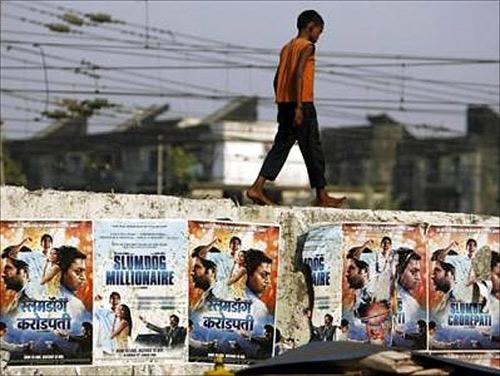
Slums in urban India symbolise both hope and despair. They are the entry point for impoverished villagers seeking to escape their deprivation.
Living conditions in them, however, are often so unspeakable that the declared aim of the government is to have a slum-free India.
But if the first detailed census of slum households in the country is anything to go by, they are very varied in nature, and therefore the government's attitude to, and policy for, slums needs to be much more nuanced.
What can be said unequivocally is that a slum is no fit place to live.
...
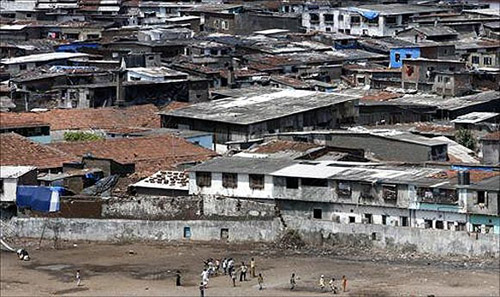
In fact, the census covers not just officially recognised and notified slums but others as well, and the criteria used to identify a slum is any place which is home to at least 60-70 households and is unfit to live in for a variety of reasons like the nature of the shelter available, overcrowding, the lack of sanitation and drinking water.
Nearly twice as many households in slums do not have in-premise latrines or drinking water sources as do urban households overall.
Forty-five per cent of slum houses are one-room units; 82 per cent of slum households have three to eight members.
...
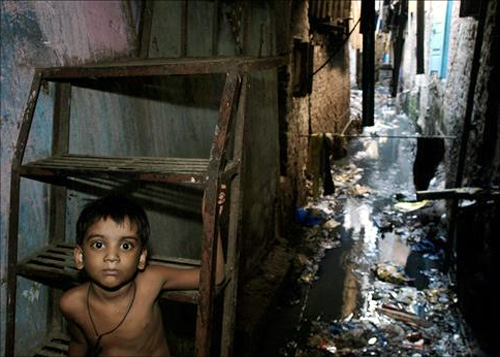
But, significantly, slum households are not all that far behind total urban households when it comes to asset ownership.
Households in slums that own television sets (70 per cent versus 77) and computers (10 per cent versus 19) have the same difference of around eight percentage points with total urban households.
And virtually the same percentage of slum households (63.5) own mobile handsets as total urban households (64.3).
...
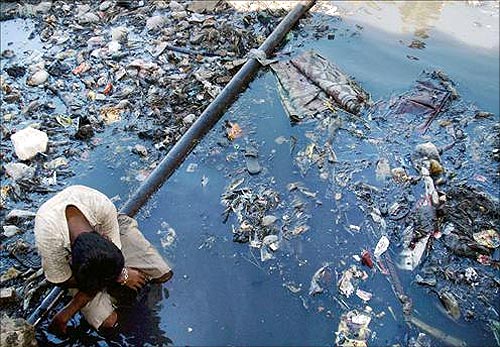
A similar pattern is visible elsewhere. Fifty-one per cent of households in slums use gas for cooking, compared to 65 per cent of urban households overall.
In having in-premises bathing facilities, houses in slums at 81 per cent are not far behind all urban households (87 per cent). And with some indicators, the difference entirely disappears.
...
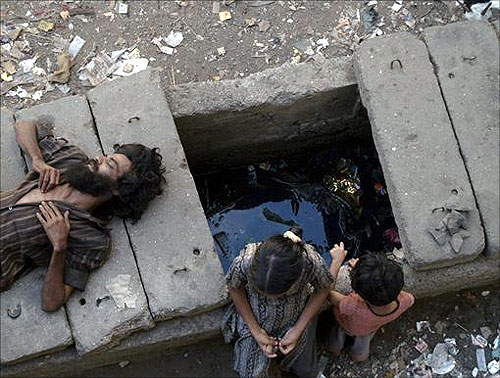
Around 70 per cent of slum and total urban households own their houses. Slightly more slum households (74 per cent) have access to water on tap than overall urban households (70.6 per cent).
Roughly the same proportion of urban and slum households (just over 90 per cent) have access to electricity for lighting.
It should be clear from this that slums are not a dead-end. They contain households which have access to income and to resources not too far behind the rest of the city.
...
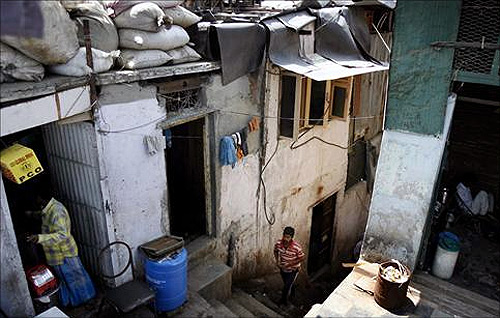
They are also the location for much productive activity: As many as 16.7 per cent of all slum houses are used for non-residential purposes like office, shop, workshop and factory.
Government policy, thus, should avoid the thought of slum clearance altogether – both immoral and unfeasible, not to mention unnecessary – and turn itself on its head.
...

Its aim should instead be to improve conditions in slums in key areas. Most importantly, in sanitation services, and by providing safe drinking water.
Next on the agenda should be a proper drainage system and one for disposal of garbage.
Improving the housing stock and easing overcrowding can come thereafter. Handing over slums to builders to provide low-cost housing has not worked, and may not in the future.